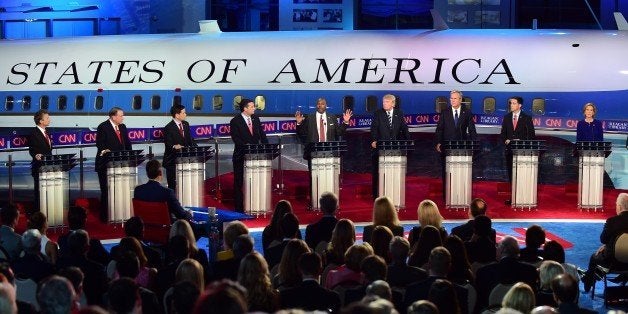Financial FAQs
The advance estimate of third quarter U.S. economic growth was 2.8 percent, slightly less than the 3 percent growth in Q2 but is showing few signs the post-pandemic recovery is slowing. It has defied the odds of a Federal Reserve engineered slowdown that made the cost of borrowing higher, jacking up the Prime Rate to an 8.5 percent high.
The manufacturing sector slowed down, but that hasn’t slow overall economic growth because consumers kept spending on consumer goods, dining out, travel and other leisure activities.
This has all the signs of another Roaring ‘20s that occurred after the Spanish Flu pandemic in the 1920s. I don’t mean it literally, of course, because the first Roaring Twenties of jazz and the Flapper era for women occurred after World War I. Yet the recovery from WWI and the Spanish Flu pandemic that killed an estimated 650,000 Americans also unleashed a spending and investment spree that is happening after the COVID-19 pandemic.
I’m using the analogy because this roaring 2020s could also last a decade due to the pent-up demand from government spending that is seeding so much private investment, with the U.S. economy still fully employed infrastructure and technology investments just beginning to kick in
Consumer spending surged 3.7 percent, and domestic investment grew 11 percent in the Bureau of Economic Analysis (BEA) report. This was mainly because consumer spending was holding up for the holidays and consumers had extra savings. The personal savings rate is holding at 4.8 percent.
Inflation also continues to decline. The price index for gross domestic purchases increased 1.8 percent in the third quarter, compared with an increase of 2.4 percent in the second quarter (table 4). The personal consumption expenditures (PCE) price index increased 1.5 percent, compared with an increase of 2.5 percent. Excluding food and energy prices, the PCE price index increased 2.2 percent, compared with an increase of 2.8 percent.
Now that inflation is back to the Fed’s target rate of 2 percent, Fed officials can concentrate on continuing to bring down their short-term Fed Funds rate, which will bring down the Prime Rate further, causing consumers to be even more confident about their future.
That is why, “Consumer confidence recorded the strongest monthly gain since March 2021, but still did not break free of the narrow range that has prevailed over the past two years,” said Dana M. Peterson, Chief Economist at The Conference Board.
“In October’s reading, all five components of the Index improved. Consumers’ assessments of current business conditions turned positive. Views on the current availability of jobs rebounded after several months of weakness, potentially reflecting better labor market data. Compared to last month, consumers were substantially more optimistic about future business conditions and remained positive about future income,” said Peterson.
Much will depend on Friday’s official U.S. unemployment report but the independent ADP’s private-sector jobs report showed businesses added 233,000 new jobs in October, the biggest gain in 15 months. The report is not as accurate as the government’s nonfarm payrolls report, which comes out on Friday.
The Trade/Transportation, Education/Health sectors added 104,000 jobs, construction added 37,000 jobs (infrastructure), while manufacturing lost 19,000 jobs in the ADP report.
One historian wrote that after the devastation of World War I and the Spanish Flu pandemic, “Incredibly, the dire post-war economic predictions didn’t come true. At least not immediately. American consumers, who had patriotically scrimped and saved during wartime, began to live it up. Europeans also joined in, purchasing $8 billion in exports from America. Inflation ticked upward, and so did prices, but consumers were willing to pay anything for a taste of freedom.”
Sound familiar? Only this time the Fed’s inflation fight didn’t cause a recession, on the contrary—at least not yet. It’s a good place to be, just in case there might be other surprises in the future.
Harlan Green © 2024
Follow Harlan Green on Twitter: https://twitter.com/HarlanGreen
















